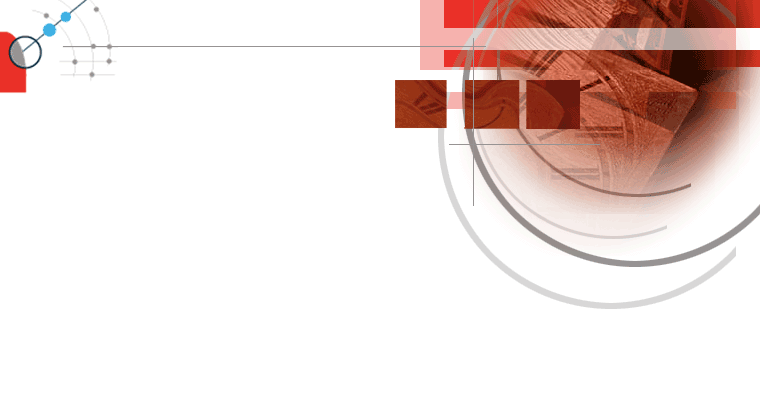
Michael F. Goodchild
Univ. California, Santa Barbara, EUA

The connections between mathematics and geography are ancient, and there is evidence that our earliest understandings of geometry come from the need to manage the ownership of agricultural land. Mathematical geography flourished during classical times, driven by the need to know and model the shape of the Earth, and again during the Age of Discovery. Contour maps first appeared in the 18th century, coinciding with the construction of canals, and growth in the use of artillery. But the mathematical basis of geography declined in the 19th century, with the professionalization of geodesy, surveying, and cartography. The paper traces three phases of its reappearance in the 20th century. First, geodesy experienced a rebirth in response to the demands associated with new weapons and satellite-based measurements. Second, geographers embraced a scientific approach to modeling and theorizing about phenomena on the Earth's surface. Third, new digital technologies such as geographic information systems made it possible to implement mathematical methods easily, and motivated interest in several new areas of mathematics. The paper examines these three phases, and includes examples of applications of geometric probability, topology, mathematical optimization, spatial statistics, and finite resolution geometry, drawn from current research in geographic information science. The classic problem of Buffon's needle finds new applications in questions about statistical expectations of geographical events. Topology is represented by the application of Euler's theorem to maps of economic and political activities, and by our understanding of the development of stream channel networks. Problems in mathematical optimization include the routing of geodesics across geographical surfaces, and the selection of locations to minimize transport costs. Spatial statistics provides the basis for our understanding of uncertainty in geographical data, and its implications for mapping and decision making. Finally, researchers continue to struggle with the problems caused by the finite precision of computers, and their implications for geometric algorithms. Geography today is a flourishing area of application and source of motivation for mathematics, as it was in ancient times.